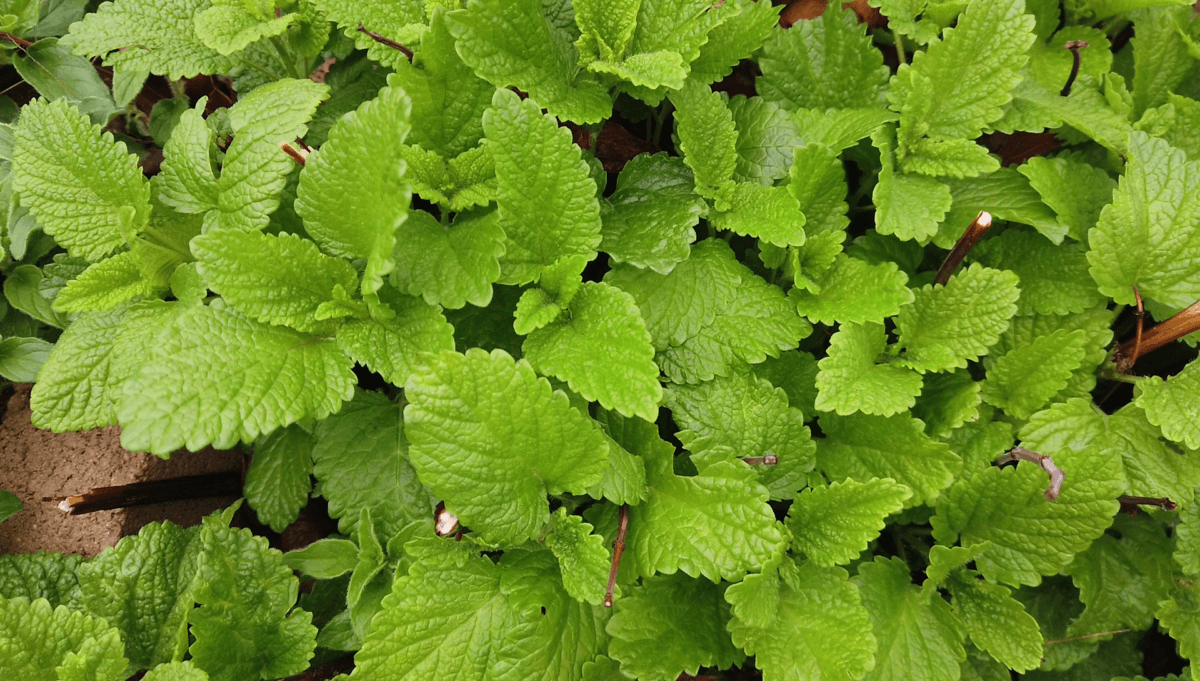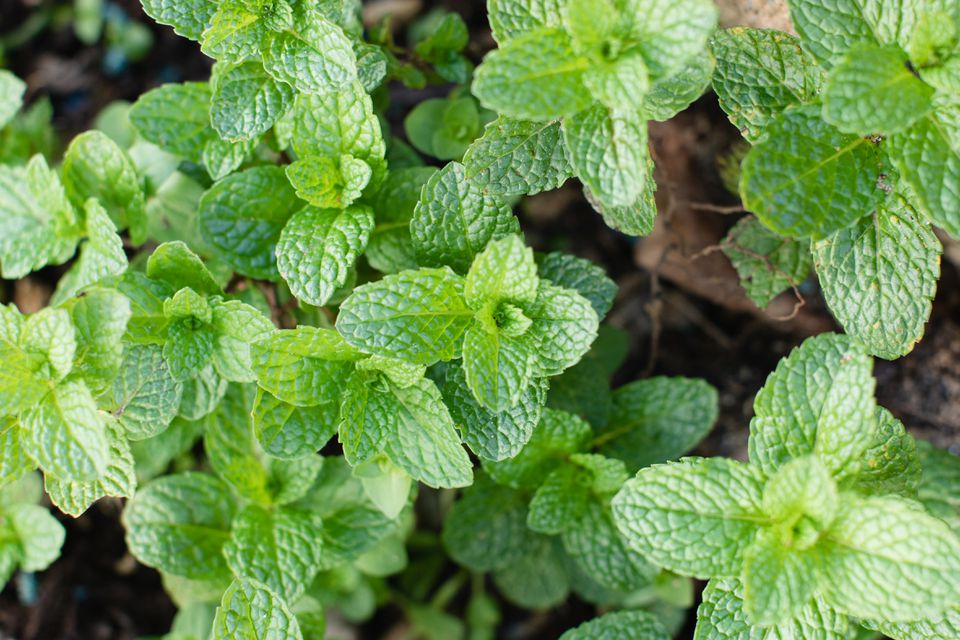Artificial cherry sodas taste more like cough syrup than a ripe, juicy fruit. Strangely purple grape drinks don’t taste like anything natural, and don’t even get me started on banana-flavored candy. I have a special loathing for that nasty, fake yellow, weirdly chemical taste.
In spite of all the sweets that can be found, there is one flavor that tastes almost exactly like the plant that inspired it: mint.
When I found wild mint for the first time, I couldn’t believe how familiar the taste and smell were. Being in the middle of a glade with no signs of civilization in sight and then stumbling into a cloud of peppermint candy sticks and mouthwash was, well, strange. At first, it was a jarring mental jolt back to the city where the memory had its roots. But as I knelt and thought about the small, smelly leaves of an American pennyroyal, I realized it was the exact opposite.
I was awash in olfactory wonder of wild plants growing under unblemished, blue country skies. There was something beautiful about it.
Walking through meadows and forests, it’s common to catch a whiff of something familiar – the cool, refreshing scent of mint! Wild mint grows prolifically across many landscapes But is this wild plant safe to harvest and enjoy? Let’s explore identifying wild mint and using it deliciously.
What Exactly is Wild Mint?
There are over 15 species of mint in the Mentha genus that grow natively in various regions Common wild mints in North America include
- Spearmint (Mentha spicata)
- Peppermint (Mentha x piperita – a natural hybrid)
- Pennyroyal (Mentha pulegium)
- Corsican mint (Mentha requienii)
- Cornmint (Mentha arvensis)
Wild mint thrives in damp soils along stream banks, meadows, woodland edges and other moist environments. Once established, it spreads vigorously via underground rhizomes.
Is Wild Mint Edible?
Most wild mints are perfectly edible with a flavor profile ranging from cool spearmint to peppery pennyroyal. However, some mint look-alikes are toxic. Proper identification is crucial before harvesting and consuming any wild plant.
Here are tips for positively identifying wild mint:
-
Look for square stems – All mints have square stems when viewed in cross section. Roll a stem between your fingers to check.
-
Smell that minty aroma – Crush a leaf and sniff. True mints smell distinctly minty when bruised. Imposters won’t.
-
Inspect the leaves – Mint leaves are toothed and arranged oppositely along square stems. They are generally ovular or lance shaped.
-
Watch for lips – Peering closely, you’ll notice mint flowers have two lips – an upper and lower lip. This is a signature of the mint family.
If in doubt, consult a credible foraging guide or expert for assistance. Some toxic mints to absolutely avoid include pennyroyal (not the true Mentha species) and toxic variants of Cunila mint.
Harvesting and Storing Wild Mint
Once you’ve positively identified wild mint, harvesting and enjoying the tasty leaves is easy:
-
Snip off leafy stem tips or pluck individual leaves anytime during the growing season.
-
For drying, cut stems just before flowering when flavor is most concentrated.
-
Rinse mint gently in cool water. Pat or air dry thoroughly before storing.
-
Store fresh mint wrapped in damp paper towels in the refrigerator for a week or so.
-
To dry, lay mint on screens or hang bundles in a warm, dark place until crumbly dry.
-
For long term storage, dry mint leaves completely then freeze or keep in airtight containers.
Enjoying Wild Mint
Both fresh and dried wild mint add amazing flavor to many foods and beverages. Some tasty ways to eat wild mint include:
-
Make refreshing mint tea, hot or iced. Sweeten with honey if desired.
-
Toss chopped mint into fruit salads, salsas, chilled soups and gazpacho.
-
Mix into lemonade, mojitos, juleps or your favorite summer cocktails.
-
Add to Middle Eastern dishes like tabbouleh, raitas and lamb.
-
Make mint simple syrup for drinks by steeping mint leaves in a sugar-water solution.
-
Use as a rub or marinade for lamb, chicken or fish. The cooling flavor complements meats well.
-
Stir into creamy desserts and drinks like mint chocolate ice cream, smoothies, milkshakes.
-
Candy mint leaves by coating in egg whites and sugar to garnish cakes and pies.
-
Mix with basil, cilantro and chives as a seasoning blend for pastas, grains and roasted veggies.
Health Benefits of Wild Mint
All mints contain a naturally occurring compound called menthol which providesANTIBACTERIAL and ANTI-FUNGAL properties. Herbalists often recommend using mint to help:
-
Soothe UPSET STOMACH, nausea and motion sickness
-
Alleviate coughs, congestion and headaches
-
Reduce bloating, gas and cramping
-
EASE IRRITATION of skin, throat, mouth
-
Boost immunity and fight illness
Of course, always consult your healthcare provider before using any herb medicinally. But both culinary and medicinal uses of mint have a long global history of safe use.
Growing Wild Mint at Home
Once wild mint enters your life, you’ll likely want to welcome this useful plant into your own garden. Mint couldn’t be easier to grow.
-
Plant in partially sunny, consistently moist sites. Mint thrives along pond edges.
-
Sink cuttings or transplants into rich soil in spring after the last frost.
-
Water during drought until established. Then mint can mostly fend for itself.
-
Cut back flower stems to prolong harvest season.
-
Divide overgrown patches in spring or fall to control spread.
-
Harvest anytime once plants are at least 6 inches tall.
Enjoy Wisely and Frequently
Abundant wild mint is there for responsible foraging and adding flavorful variety to your plate. Identify with confidence, harvest sustainably, and relish wild mint’s cool, refreshing zing in your cooking and home remedies.
Finding and Identifying Wild Mint
Before I start, I should say that I’m using the word “mint” in a very broad way in this article. It might be too broad for a botanist, but it’s perfect for a forager who wants to find fragrant herbs. I will be talking about a very large group of plants in the Lamiaceae family when I use the word, not just one species.
These plants are all in the mint family, but some of them are different in important ways. To be more specific, this set of traits is a good way to get a rough idea of what kind of plant it is in the field, but it’s not a 100% sure thing that you should trust.
- They have a squared stalk.
- They have simple, opposite leaves.
- It has a pleasant smell, especially when a leaf is crushed.
Anyone who grows their own herbs will immediately recognize that series of identifiers. The mint family is far larger than you may realize. Lots of herbs we love for cooking, like oregano, lemon balm, thyme, rosemary, lavender, marjoram, and more, are in the Lamiaceae family.
Related Topic: The Many Varieties Of Mint
Mint and their kin are surprisingly ubiquitous. Of course, these spicy, low-growing herbs are grown in gardens, but because people have valued them for so long, they have spread naturally to many states. Peppermint, spearmint, or lemon balm growing in places that don’t look like they belong can sometimes lead you to the remains of an old farm. In reality, they’re remnants of a garden long forgotten. Look around the area, you’ll likely discover some sign of previous habitation close by.

Identifying 3 Types of Wild Mint
This article will talk about three kinds of wild mint that grow in the Ozarks. However, you may be able to find many more in your area. So as we explore the following few species, keep in mind this is a very incomplete list. Hopefully, that’s an exciting fact for you. You will have to go find them because they are right around the corner, waiting to be enjoyed.
The Miracle Of Mint An Ancient Edible & Medicinal Herb
How do you eat wild mint?
Steep a handful of wild mint leaves in hot water for a few minutes, strain, and add a touch of honey or lemon if desired. This aromatic tea is perfect for relaxation and winding down after a long day. These are just a few ways to incorporate wild mint into your day-to-day.
Does mint eliminate bacteria?
Peppermint has antimicrobial activity, so it can eliminate bacteria. In addition to bacteria, it also inhibits fungi and viruses, helping to prevent infections.
Is wild mint edible?
Wild mint is edible but it has a stronger flavor and aroma than regular mint. You can tell it apart by smelling and examining the stem, height, leaves, flowers. Like other mints, it is used in various dishes, desserts, and drinks. You can also extract oils from it to add flavor to dishes.
Can you eat mint leaves?
From homemade Greek yoghurt, mint sauce and smoothies, to pesto and salads. The leaves are also a popular choice of garnish for cocktails and desserts. Mint flowers can also be eaten, but the majority of the mint flavor is found in the leaves. Thought to have been first used as a culinary herb and medicinal drink by the Romans.

